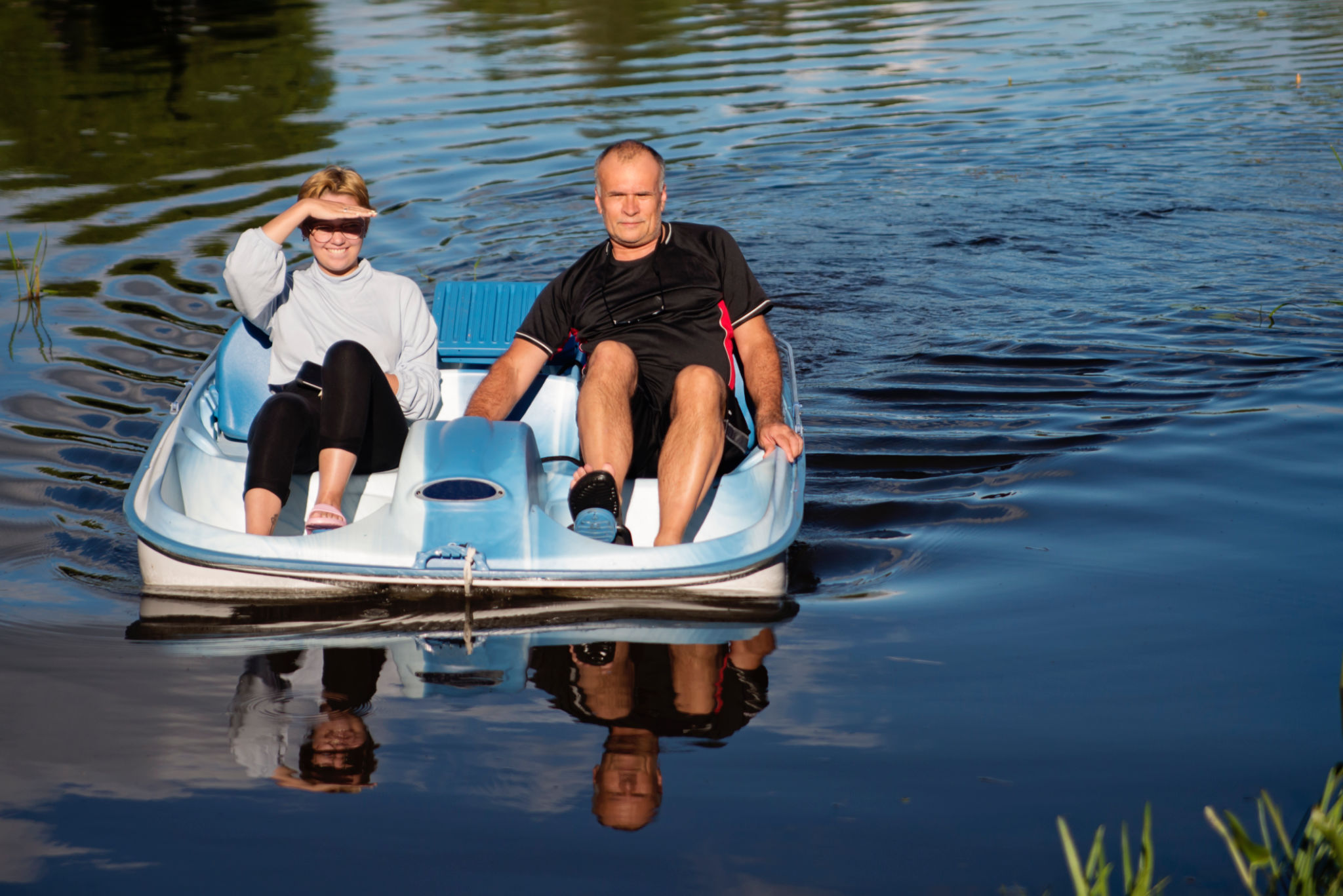The Environmental Impact of Efoils: A Sustainable Water Sport?
Introduction to Efoils
Efoils, or electric hydrofoil boards, represent a novel innovation in water sports. These sleek boards allow riders to glide above the water's surface, powered by a silent electric motor. As the popularity of efoils increases, it's important to consider their environmental impact and whether they truly offer a sustainable alternative to traditional water sports.

The Technology Behind Efoils
At the heart of an efoil is its electric motor, which propels the board forward without the need for fossil fuels. This technology is a key factor in their appeal as a more environmentally friendly option. The motor is powered by a rechargeable lithium-ion battery, which provides several hours of ride time on a single charge.
Unlike gas-powered engines, efoils operate quietly, reducing noise pollution in aquatic environments. This feature not only enhances the rider's experience but also minimizes disturbance to marine life.
Environmental Benefits
The shift from gas-powered to electric motors in water sports equipment is a significant step towards reducing carbon emissions. By using clean energy, efoils help decrease the carbon footprint associated with recreational water activities. Additionally, the absence of fuel leaks and emissions contributes to healthier waterways.

Efoils also promote the conservation of natural habitats. Because they hover above the water, they reduce direct contact with aquatic ecosystems, minimizing the risk of damaging delicate underwater environments.
Challenges and Considerations
Despite their benefits, efoils are not without challenges. The production and disposal of lithium-ion batteries raise environmental concerns. These batteries require mining for raw materials such as lithium and cobalt, which can have significant ecological impacts if not managed responsibly.
- The lifecycle of an efoil battery must be carefully managed to ensure proper recycling and disposal.
- Manufacturers are encouraged to adopt sustainable practices in sourcing materials and constructing efoils.

Sustainable Practices for Efoil Enthusiasts
Individuals who choose to use efoils can also contribute to sustainability. Here are some practices to consider:
- Opt for brands that are transparent about their environmental impact and sustainability initiatives.
- Engage in regular maintenance of the efoil to extend its lifespan and efficiency.
- Dispose of batteries at designated recycling centers to prevent environmental harm.
The Future of Efoils and Water Sports
As technology advances, we can expect further improvements in efoil design and sustainability. Innovations may include more energy-efficient motors, longer-lasting batteries, and materials that are easier to recycle. These developments will enhance the environmental benefits of efoils while providing an exhilarating experience for users.

In conclusion, while efoils present an exciting opportunity for eco-friendly water sports, they come with environmental responsibilities. By making conscious choices and supporting sustainable practices, both manufacturers and enthusiasts can ensure that efoils contribute positively to our planet's health.